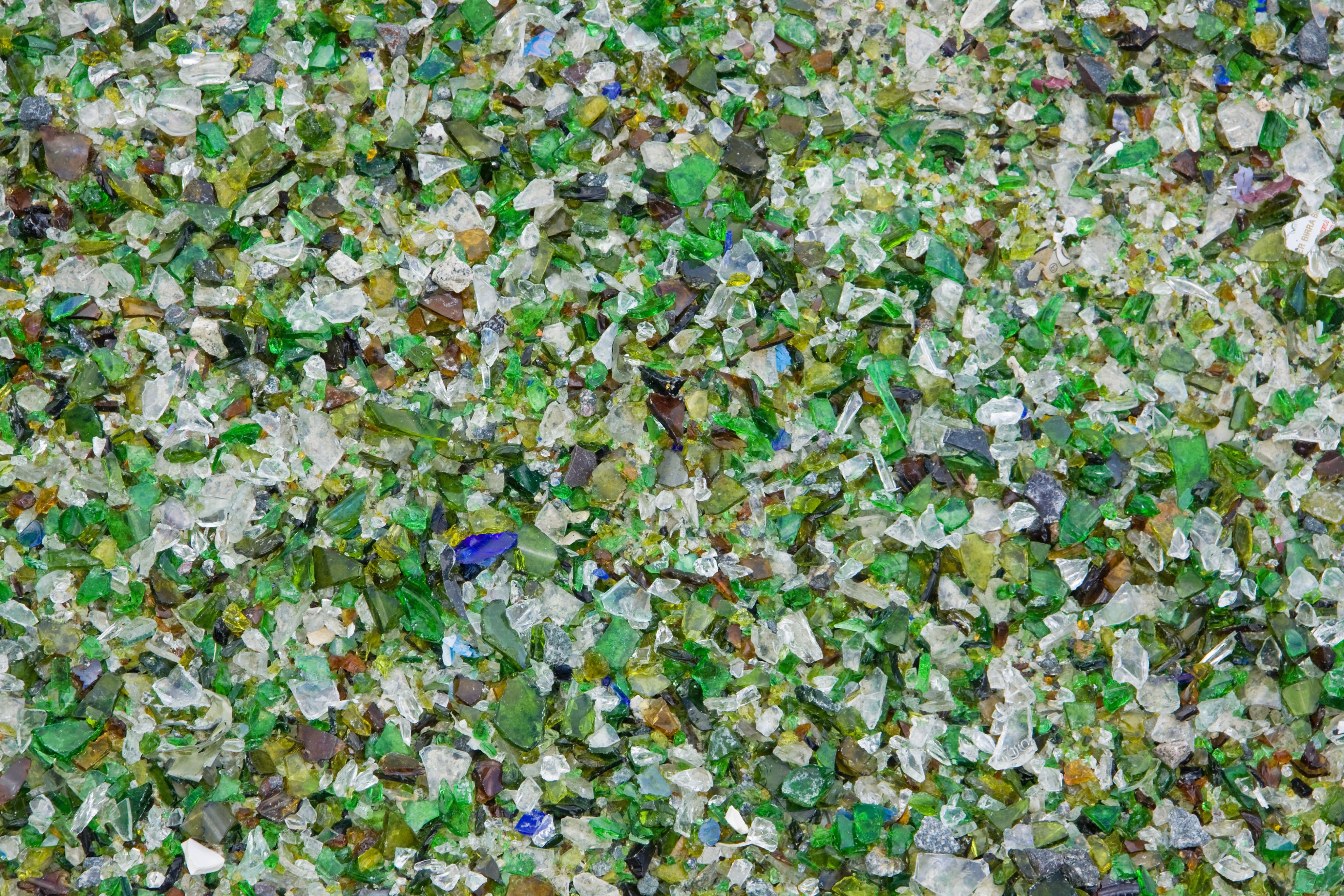Glass cUllet conversIon To wAteRglass and used, with cement bypass flue dust, for cementless concrete building products (GUITAR)

“Simple filtration removed a large amount of contaminants, producing a product with purity levels similar to commercially available products used in adhesives and detergents.”

The project investigated whether this sodium silicate was suitable for producing concrete products when used together with other foundation industry waste streams, including flue dust and blast furnace slag. Trials on its potential found it performed competitively with commercially available activators.
The team then ran factory trials on the resulting concrete products – including building blocks, normal density blocks, and a pre-bagged one-part binder – demonstrating the sodium silicate’s potential to produce low-carbon building products.
While the purity of sodium silicate is not a significant factor for its use in concrete, other industrial applications – such as detergents – require a product free from contaminants. So, another important area of work was on purification.
“We were able to show that simple filtration removed a large amount of contaminants, producing a product with purity levels similar to commercially available products used in adhesives and detergents,” says Marios Soutsos, Professor of Structures and Materials at QUB.
As a result of the project, Re-Gen Group are in discussions with two UK-based manufacturers regarding the potential for the waste-glass sodium silicate to be used in production processes. “Currently, the majority of sodium silicate is imported from Asia. This technology offers the opportunity to take waste products from here in the UK and produce a very useful chemical. It could reduce an industry’s carbon footprint and susceptibility to market volatility,” adds McMahon.

